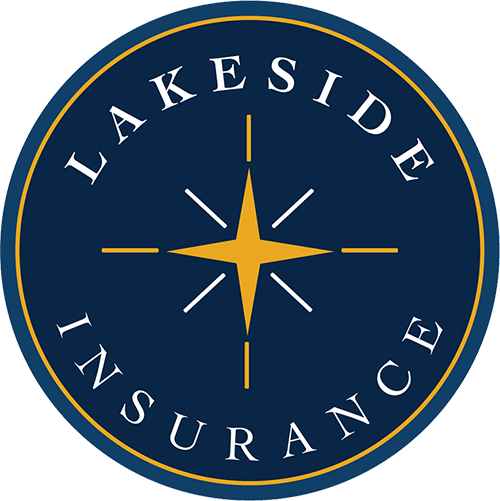
To keep workplaces safe, the Occupational Safety and Health Administration (OSHA) requires many employers to keep a record of serious work-related injuries and illnesses.
While there are certain exceptions for low-risk industries, companies with 11 or more employees may be required to maintain injury and illness records. The Department of Labor and OSHA provide the following guidance.
Recordable injury or illness
A recordable injury or illness is:
- Any work-related death
- Any work-related injury or illness resulting in:
- Loss of consciousness
- Days away from work
- Restricted work
- Transfer to a different job
- Any work-related injury or illness that requires medical treatment beyond first aid
- Any work-related diagnosed case of:
- Cancer
- Chronic irreversible diseases
- Fractured or cracked bones or teeth
- Punctured eardrums
You should also be aware of special recording criteria for work-related cases involving:
- Needle sticks and injuries caused by sharps
- Medical removal
- Hearing loss
- Tuberculosis
Recordkeeping rules and workplace accidents
Regardless of whether you are an exempt industry, if an employee dies or suffers an in-patient hospitalization, amputation or loss of an eye due to a workplace incident, you must report it to OSHA. (See OSHA Standard 1904.39(b)(6)-(8)for more details.)
COVID-19 recordkeeping
In response to the COVID-19 pandemic, OSHA has issued temporary and interim guidance rulings about how to handle a potential work-related exposure. Recording an incident as a part of recordkeeping does not mean an incident is also reportable.
Guidance on COVID-19 reporting is evolving, but you should record any incident of suspected work-related exposure to COVID-19 if you are required to keep injury and illness records.
Keep records of all employee training and risk mitigation efforts (e.g., face shields, disinfection schedules, distancing markings, hand-washing stations and temperature screenings).to prevent transmission at your workplace.
First aid
Recordkeeping is not necessary if the work-related injury or illness doesn’t require medical treatment beyond first aid. OSHA defines first aid as:
- Using nonprescription medication at nonprescription strength (When a medication is available in both prescription and nonprescription form and a health care professional recommends the use of a nonprescription medication at prescription strength, then it is considered medical treatment for recordkeeping purposes.)
- Administering tetanus immunizations (Immunizations such as hepatitis B vaccines and rabies vaccines are considered medical treatment.)
- Cleaning, flushing or soaking skin wounds
- Applying wound coverings, such as bandages
- Applying butterfly bandages (Wound-closing devices, such as sutures, are considered medical treatment.)
- Applying hot or cold therapy
- Applying nonrigid supports, such as elastic bandages, wraps or nonrigid back belts (Devices with rigid stays or other methods to immobilize parts of the body are considered medical treatment for recordkeeping purposes.)
- Using temporary immobilization devices such as splints, slings, neck collars or backboards to transport an accident victim
- Piercing a fingernail or toenail to relieve pressure
- Draining fluid from a blister
- Applying an eye patch
- Removing foreign bodies from an eye by irrigation or use of a cotton swab
- Removing splinters or foreign material from areas other than the eyes by irrigation, tweezers, a cotton swab or other simple means
- Using finger guards
- Using massage (Physical therapy and chiropractic care are considered medical treatment for recordkeeping purposes.)
- Drinking fluids for relief of heat stress
Recordkeeping
Proper recordkeeping can help identify hazards and implement protections at your workplace. Maintain your records on the worksite for at least five years. You will need to post in the workplace a summary of the previous year’s records between February and April each year. Current and former employees, or their representatives, may also request these records.
For more information, visit OSHA’s injury and illness recordkeeping and reporting requirements.




